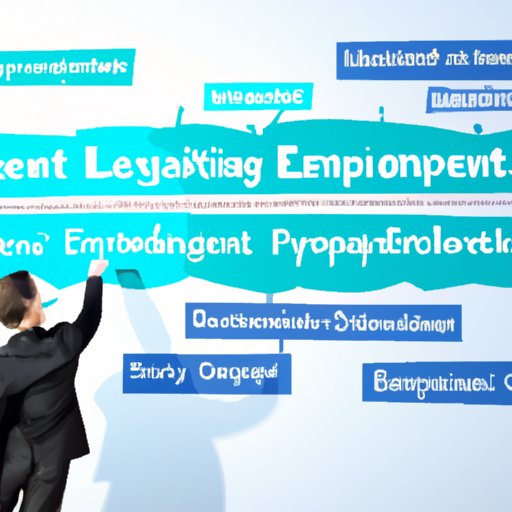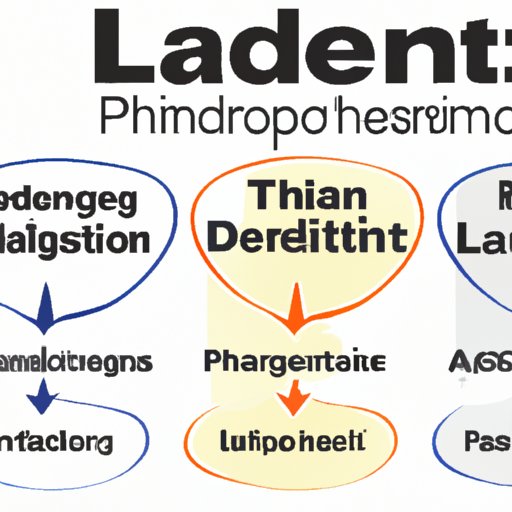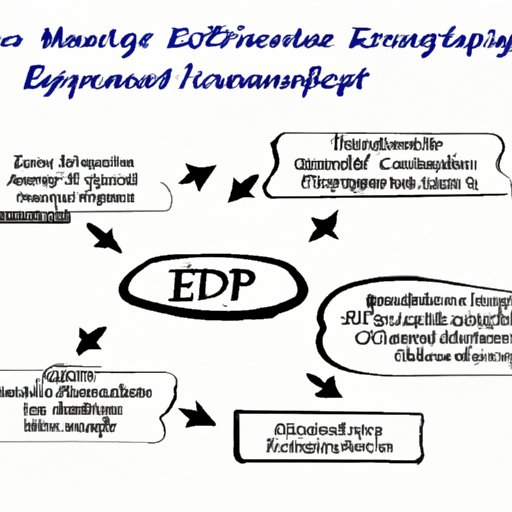Introduction
Organizational development (OD) and leadership are two key concepts that are vital for any organization to be successful. Organizational development is the process by which a company or organization changes and improves its performance, structure, and culture. Leadership is the ability to lead and motivate others towards a common goal.

Benefits of Effective Leadership and Organizational Development
Effective leadership and organizational development can have many positive outcomes for organizations. These include improved productivity, enhanced communication, increased employee satisfaction, and more.
Improved productivity is one of the most important benefits of effective leadership and organizational development. When leaders are able to effectively motivate their team, they can achieve higher levels of productivity. This can help organizations reach their goals and objectives more quickly.
Enhanced communication is another benefit of effective leadership and organizational development. Leaders who are able to create an environment where everyone feels comfortable speaking up and sharing their ideas can foster better communication between teams. This helps to ensure that everyone is on the same page and working towards the same goal.
Finally, increased employee satisfaction is another benefit of effective leadership and organizational development. When employees feel valued, respected, and appreciated, they are more likely to be engaged and productive. This can lead to higher morale and lower turnover rates, which can ultimately lead to greater success for the organization.
How to Implement an Organizational Development Strategy
Implementing an organizational development strategy can be a complex process, but there are some key steps that can help make it easier. These include establishing a vision and mission, developing goals and objectives, creating an effective structure, training and developing employees, and evaluating progress.
Establishing a clear vision and mission is the first step in any organizational development strategy. This will provide direction and purpose to the organization and help ensure that everyone is working towards the same goal.
Developing goals and objectives is the next step. This involves setting specific targets that can be measured and monitored over time. Having measurable goals and objectives will help keep everyone focused and motivated.
Creating an effective structure is also important. This includes defining roles, responsibilities, and decision-making processes. Having a clear structure in place will ensure that everyone knows their role and that tasks are being completed efficiently.
Training and developing employees is another key component of any organizational development strategy. Providing regular training and development opportunities will ensure that employees are equipped with the skills and knowledge they need to perform their job effectively.
Finally, evaluating progress is essential. This involves regularly assessing the progress of the organization against its goals and objectives. This will help identify areas of improvement and ensure that the organization is on track to achieving its goals.

Exploring Different Types of Leadership Styles
There are many different types of leadership styles that can be used in an organization. These include autocratic, participative, transformational, and servant leadership. Each style has its own advantages and disadvantages, so it’s important to choose the right one for the organization.
Autocratic leadership is a top-down approach that focuses on control and power. It is often seen as a more traditional style of leadership, but it can be effective if used properly. The main advantage of this style is that it can be implemented quickly and easily. However, it can also lead to feelings of resentment and lack of motivation among employees.
Participative leadership is a more collaborative approach that involves employees in decision-making. This style encourages employees to take ownership of their work and can help build trust and loyalty. The main disadvantage of this style is that it can take longer to reach decisions due to the need for consensus.
Transformational leadership is another popular style that focuses on inspiring and motivating employees. This style can help create a sense of purpose and encourage innovation. The main disadvantage is that it can be difficult to maintain over time.
Servant leadership is a relatively new concept that emphasizes service and humility. This style puts the needs of employees first and can help create a positive work environment. The main disadvantage is that it can be difficult to measure the success of this style.

The Impact of Organizational Development on Employee Engagement
Organizational development has a significant impact on employee engagement. A successful organizational development strategy can create a sense of purpose and meaning for employees. This can help them feel connected to the organization and motivated to perform their best.
Organizational development can also create a positive work environment. When employees feel supported and valued, they are more likely to be engaged and productive. This can also lead to higher morale and job satisfaction.
Finally, organizational development can create opportunities for growth. When employees know that there is potential for advancement, they are more likely to stay with the organization for the long term. This can lead to greater loyalty and commitment from employees.
Conclusion
Organizational development and leadership are two essential elements for success in any business. Effective leadership and organizational development can have many positive outcomes, including improved productivity, enhanced communication, increased employee satisfaction, and more. Organizations should consider implementing an organizational development strategy that includes establishing a vision and mission, developing goals and objectives, creating an effective structure, training and developing employees, and evaluating progress. There are many different types of leadership styles, each with its own advantages and disadvantages. Finally, organizational development can have a significant impact on employee engagement, creating a sense of purpose, a positive work environment, and opportunities for growth.
(Note: Is this article not meeting your expectations? Do you have knowledge or insights to share? Unlock new opportunities and expand your reach by joining our authors team. Click Registration to join us and share your expertise with our readers.)
